Virtua Fighter 5 turned 10 years old on Tuesday, July 12th. Community members Oliver “oneida” Leland, Mikél “BLACKSTAR” Grissett and VFDC co-creator Mike “Myke” Abdow reflect on how the entry fits into the series at large, and how its community ebbed over the course of a decade.
On July 12th 2006, Virtua Fighter 5 was released in Japanese arcades – that’s ten long years ago this past Tuesday. To put that time-frame in perspective, Soul Calibur III had been in arcades for three months. “X-Men: The Last Stand” was in theaters, “The Sopranos” was still on the air, and there was no such thing as an iPhone. SonicFox, fighting game tournament champion, was in the third grade. Put simply, Virtua Fighter 5 was released a long, long time ago.
Ten years ago fighting games were in that period of purported dormancy which spanned from the release of Capcom vs SNK 2 to Street Fighter IV, during which 3D fighters like Dead or Alive and Tekken saw sequels and revisions. And although Dead or Alive 4 technically brought fighters to “next-gen” on the Xbox 360 the previous November, Virtua Fighter 5 shouldered the responsibility of ushering the high-definition era to the arcades, which is where the franchise has flourished since its inception in 1993.
What’s New?
Virtua Fighter 5 brought over the full roster of playable characters from the previous entry and introduced Eileen and El Blaze, continuing the series’ tradition of adding two characters each major update. The first revision, 5R, added Jean Kujo and reintroduced Taka-Arashi in 2008. Although the latest revision of VF5 features stages of varying shape, the vanilla version of the game stuck to the traditional square arenas seen in VF1, 2 and 4. The soundtrack didn’t completely abandon the buttrock introduced in 4, but does sport more diverse instrumentation in general. For better or for worse, most of the voice actors from 4 reprise their roles in 5, except Sarah Bryant, now voiced by Lisle Wilkerson (Joy from Shenmue II, Nina from Tekken). This includes the legendary Takenobu Mitsuyoshi of Daytona USA fame voicing Kage Maru, and Eric Kelso (Paul Phoenix in Tekken) lending his voice to Jacky Bryant. While the English speaking characters have always come off as eccentric, to say the least, and are the subject of much criticism, the Japanese characters seem much more energetic this time around.
Mechanically, the sequel had much in common with its predecessor. The tradition of tweaking evades between sequels continues with the reworking of how offensive maneuvers operated, but that paled into comparison to the system changes made from 2 to 3 and from 3 to 4. “With the exception of throw clash, VF5 and the later versions of 4 are pretty similar,” series veteran LA Akira explains. Throw clash was unusual for Virtua Fighter, so much so that it seemed to contradict the series’ mantra on a foundational level. The elevator-pitch explanation of throw clash is that depending on frame advantage, a player can absorb an attack with a throw, taking no damage, and resetting advantage to neutral. What makes this mechanic controversial is that back-pedals on a decades-old rule of Virtua Fighter: that attacks always beat throws. It’s not surprising, then, that throw clash was removed in VF5’s final revision, Virtua Fighter 5 Final Showdown.
Otherwise, the changes were just a matter of refining many of the ideas which were already in place in Virtua Fighter 4 Final Tuned. “Jumping and jump attacks were significantly improved,” explains Myke, co-creator of VFDC, “both in terms of the speed of the jump but also in the utility (or usefulness) of the jump attack.” In VF5, jump attacks became more universally well-suited to simultaneously beating the notorious dick-punch and a throw attempt at the same time. Jumping attacks don’t do much damage, but reward the player with a knockdown, at the risk of being launched higher by knees if the player guessed incorrectly. The value of walls were streamlined too, in the sense that they were now tremendously useful across the cast. “Put simply,” writes Myke, “every character was now able to deal massive combos with aid of the wall, in conjunction with different types of crumpling, bounding and wall splatting attacks.”
One addition which is equal parts bizarre and fascinating is the inclusion of auto generated commentary for replays. It is a noble attempt to innovate on replays and tackle the problem of communicating match nuance to an audience unfamiliar with the series, but the end result misses the mark. Virtua Fighter is a difficult game to commentate, but just yelling out the names of moves and pointing out who has taken damage as the round plays out isn’t nearly as helpful as on screen frame data or as engaging as discussing player intentions and the like. I genuinely admire AM2’s attempt here, and with more time in the oven this feature could be seriously great, but as it stands it is unsurprising that computer generated commentary was dropped as VF5 was revised.
A Community Without an Arcade
After “Game Time Nation” closed down, the VF crew met at “ANARCHADE”.
Image courtesy Jose Cruz
If, at your next major, you pulled aside an attendee at random and asked them what they know about Virtua Fighter, odds are you’d get some combination of the following: “Virtua Fighter is hard, and no one plays it.” I’d argue that neither is true, but these conceptions don’t exactly materialize out of thin air. The first point is an interesting topic for another day, but for now let’s explore the second. Historically, Virtua Fighter’s communities were born in the arcades. And I know you’ve got a picture in your head right now of a dimly-lit Japanese arcade awash with cigarette smoke, but it was true in the West as well. Consider the three year gap between the arcade release of Virtua Fighter 3 and the console release of 3tb – that’s around the time that the New York City VF community started gathering, and they weren’t focused on VF2 on the SEGA Saturn, patiently waiting for a console port of VF3. And even though pictures of EVO 2004 reveal VF players armed with PS2 sticks, typically players would congregate at local arcades. SuddenDeath recalls having to relocate from one arcade to another as places would either shut down or sell their VF4 cabs.
Game Time Nation, vithdos cafe, Chinatown Arcade, ANARCHADE, web2zone (where NYC would first see VF5!), one by one the arcades would close. When it became abundantly clear that the few arcades left in New York City would be unwilling to import Virtua Fighter 4 Final Tuned, SuddenDeath, cruzlink, adamYuki and the rest of the scene chipped in to import a kit themselves. I find the history of the New York scene fascinating, but the point is, when trying to diagnose why there exists such a discrepancy between the Japanese and Western Virtua Fighter communities, it’s important to remember that even Western VF is somewhat rooted in the arcades, so when those arcades went away, scenes like New York City were hurt. And then online play changed what a community looks like.
“In the 10 years and 3 versions before [VF5 ver C],” remembers community member BLACKSTAR, “I never met another player that I could play VF with offline.” That changed with one of VF5’s most significant additions: online play. “It was a big deal in days where arcades were already considered long-dead, not to mention that it was widely considered to be the best [netcode] by far, until Blazblue Calamity Trigger was released.” With the ability to play VF5 online, the world got smaller, and new faces started emerging within the community. “I didn’t have to be stuck playing the computer like I was forced to make do with for the past decade,” BLACKSTAR continues, “I was able to form many bonds and friendships that would last for years, many lasting even into this day. It was a feeling like none other to finally meet many of those same people face-to- face for the first time at NYG and SEGA Cup.” One player who cut his teeth in the game’s online mode was GentlemanThief, out of Florida, who over the course of VF5’s lifetime would become arguably the country’s strongest player, taking second place at SEGA Cup 2013 after knocking out players like Itazan. Someday we’ll all agree to close the book on Virtua Fighter 5 (maybe after a new game is announced, SEGA?), and looking back it should be obvious that of all the changes made to the game’s system, for those of us living outside Japan it is the capability to play online which is ultimately the most significant change for the series.
But despite the lifeline granted by online play, the Western scene waned. Attendance for SEGA Cup 2014 more than halved that of the previous year’s event, and the tournament series was shelved ever since. Outside of the annual NYG tournaments, which seem to get better every year, VF in the West seems stagnant. Meanwhile, Virtua Fighter 5 continued to flourish in Japan. At Tougeki it consistently headlined the 3v3 Teams alongside Street Fighter IV and Street Fighter III: 3rd Strike until 2012, when the event was suspended indefinitely. Beat-Tribe Cup, the VF-only tournament series which started as the Athena Cup during the VF2 days, saw hundreds of VF players every year. Six hundred players entered last year’s Beat-Tribe Cup – I’d be lying if I said I wasn’t envious of those numbers. In addition to Beat-Tribe, there’s the monthly Tokyo Bay Area Cup, the VFR Railway Series, and so on.
From left to right: Rocket, Fuudo, and Itabashi Zangief at SEGA Cup 2014
The Future of Virtua Fighter
It’s now been six long years since the release of the final revision of Virtua Fighter 5 and the future of the franchise is uncertain. The last decade hasn’t been kind to SEGA, which has restructured and changed focus at least twice in the interim, and it’s unclear whether or not Virtua Fighter has a place in the company’s current lineup, headlined by Sonic the Hedgehog, Hatsune Miku and Yakuza. We saw the franchise’s 20th anniversary come and go back in 2013, and the end result were interviews, some shirts, and an audio CD. While I would like no more than to end this on an optimistic note and pretend I-know-something-you-don’t-know, the truth is that the best evidence that a sixth Virtua Fighter game is in the works is that Daichi Katagiri is still with the company, AM2 is still making arcade games, and no one has told us that there isn’t a sixth Virtua Fighter game in the works.
But there is some silver-lining. I promise. Right now, you can fire up Virtua Fighter 5 Final Showdown and find people on PSN (although, somedays you have to be a little patient…) or XBL (be prepared to be a little more patient…) to play it against. If you live in Toronto, you can stop by A&C Games on a Tuesday and find some bastards who kept me from ever winning a Canadian tournament (tell Erik and Corey I say ‘Hi’.) If you live near Brooklyn, there’s a place called iFixMachine that hosts a VF night every Tuesday and Saturday. In Sydney, Australia, there’s a monthly tournament called Victory Road whose VF population is compounding. If you don’t live near any of these places, drop by VirtuaFighter.com and see if there are players near you. It’s entirely possible that SEGA won’t just hand us the future of Virtua Fighter, and if that’s the case, it’s up to the rest of us to go that extra mile. Happy 10th birthday, Virtua Fighter 5, and thank you for introducing me to so many good friends.
A big thanks to Oliver “oneida” Leland for approaching us to share his article. You can follow him on Twitter @oneida__. If you enjoyed this article, let us know in the comments below!
Ad:
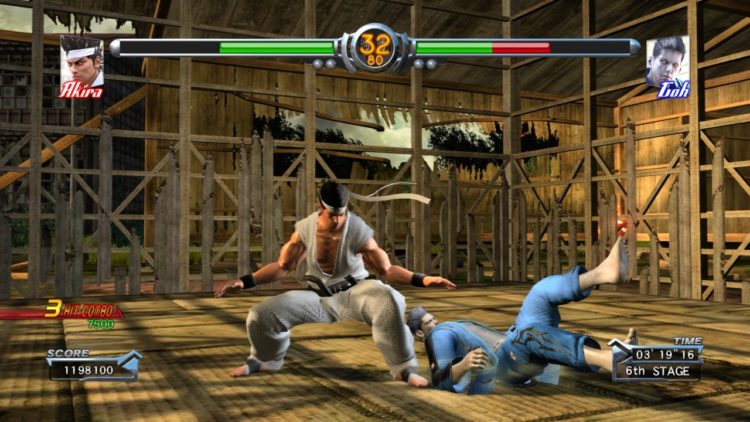
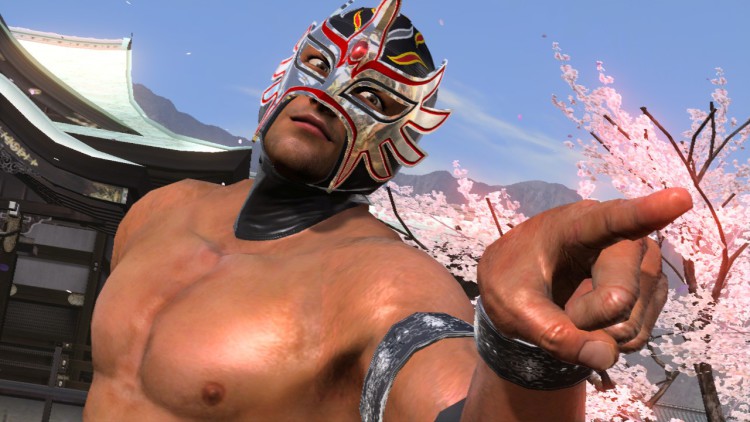
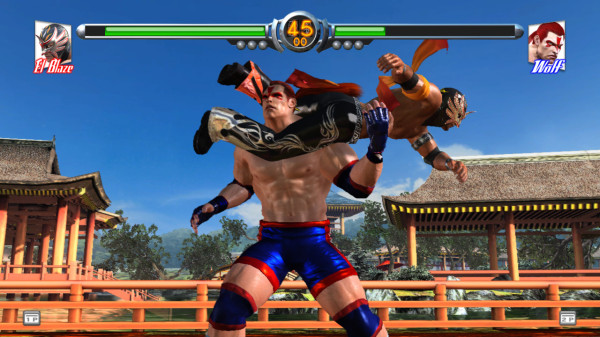
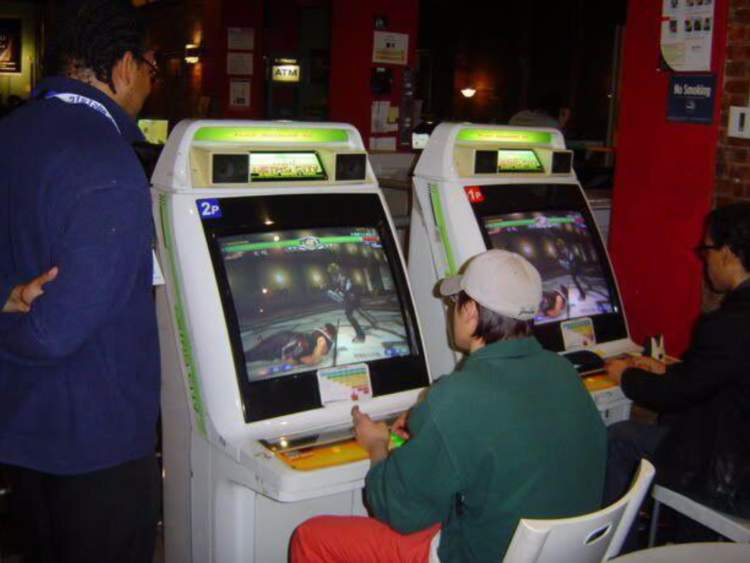
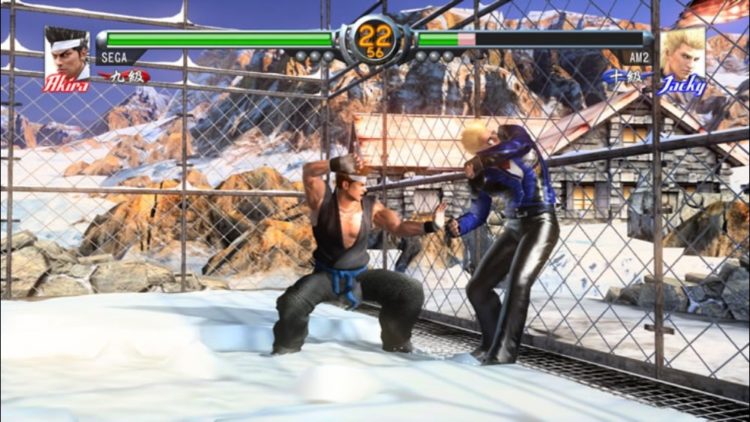
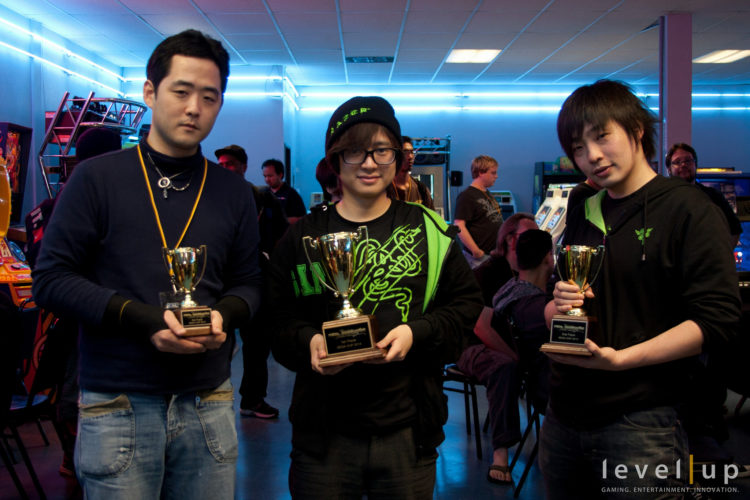

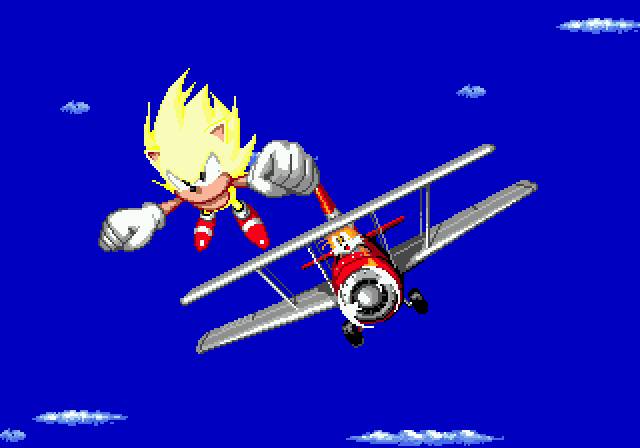

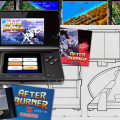
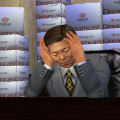
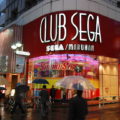
That was a great article. If I get sometime after reporting at NYCC, I might go out and play other people in VF5.
Great stuff, Oliver! I see you at NYG, sir! 🙂
The game doesn’t need a sequel. We already have all we need with VF5FS.
The dream would be a PC port on Steam, with Ver. B available here. Maybe an improved netcode, why not.
I’d love to see it! Hell, backwards compatibility would be a sight for sore eyes at this point.
Great reading. Thanks Oneida!
Thank you!